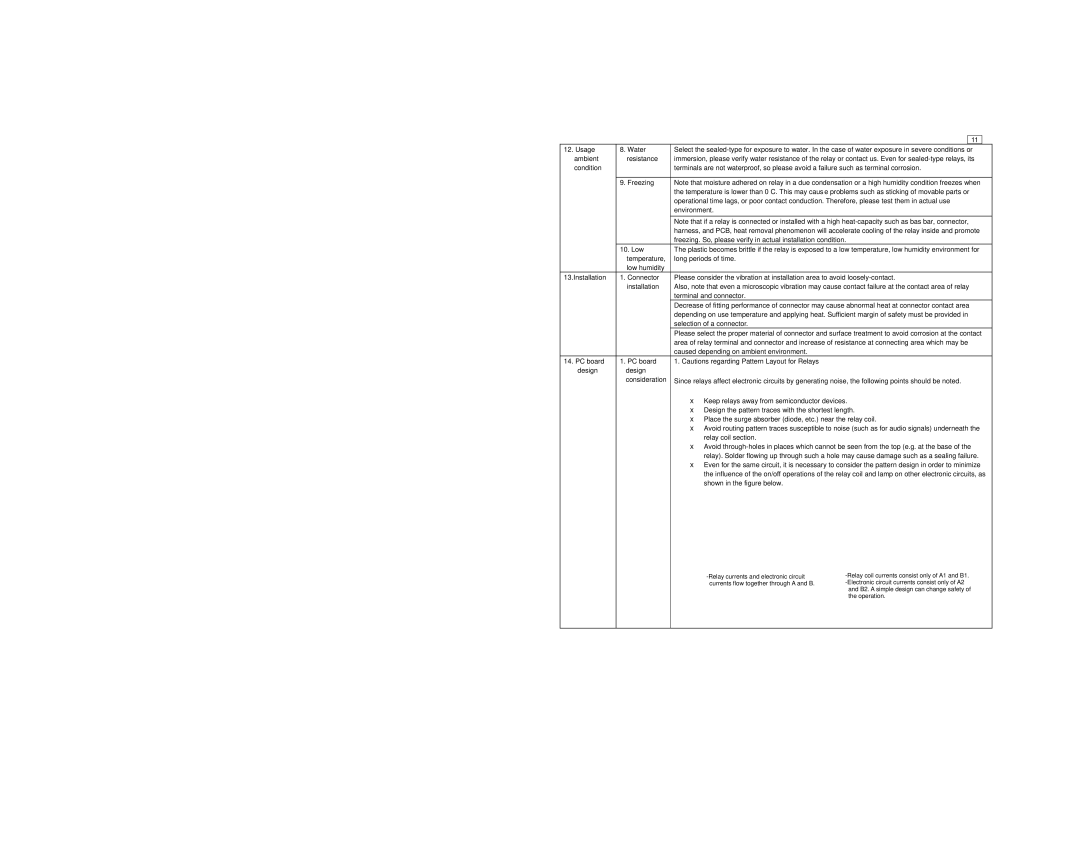ASCT1F46E specifications
The Panasonic ASCT1F46E is an advanced conditioning unit designed to enhance indoor air quality while ensuring energy efficiency. As part of Panasonic's commitment to innovation, this model integrates state-of-the-art features that cater to modern living environments, making it a popular choice for both residential and commercial spaces.One of the standout features of the ASCT1F46E is its advanced filtration system. Equipped with a multi-stage filter, it captures not only dust and allergens but also finer particles, providing a cleaner air environment. This is particularly beneficial for individuals with respiratory issues or allergies. The filter is designed to be easily replaceable, ensuring that maintenance is hassle-free and users can maintain optimal air quality without significant effort.
The unit utilizes a highly efficient inverter technology, enabling it to adjust the power consumption according to the cooling or heating needs of the space. This results in reduced energy costs while maintaining a steady temperature, making it an eco-friendly option. The inverter system minimizes temperature fluctuations, ensuring a consistent and comfortable atmosphere year-round.
In terms of user experience, the ASCT1F46E features a user-friendly remote control, allowing for easy adjustments from across the room. The unit also supports a variety of operating modes, including cooling, heating, dehumidification, and fan modes to suit different preferences and seasonal needs. Moreover, the quiet operation of the unit ensures that it functions with minimal noise, making it ideal for bedrooms, study areas, or any space where peace and quiet are essential.
The design of the ASCT1F46E reflects Panasonic’s attention to aesthetics as much as performance. The sleek and compact form factor allows it to blend seamlessly with various interior designs, while the stylish finish contributes to a modern look.
Another notable characteristic is its smart functionality, which can be integrated with home automation systems. This allows users to control the conditioning unit remotely via smartphones or smart home devices, providing convenience and flexibility in managing indoor climates.
In summary, the Panasonic ASCT1F46E stands out in the competitive landscape of air conditioning units. With its advanced filtration system, energy-efficient inverter technology, user-friendly features, aesthetic design, and smart connectivity, it promises to deliver superior comfort and air quality, making it an excellent investment for any modern space.

